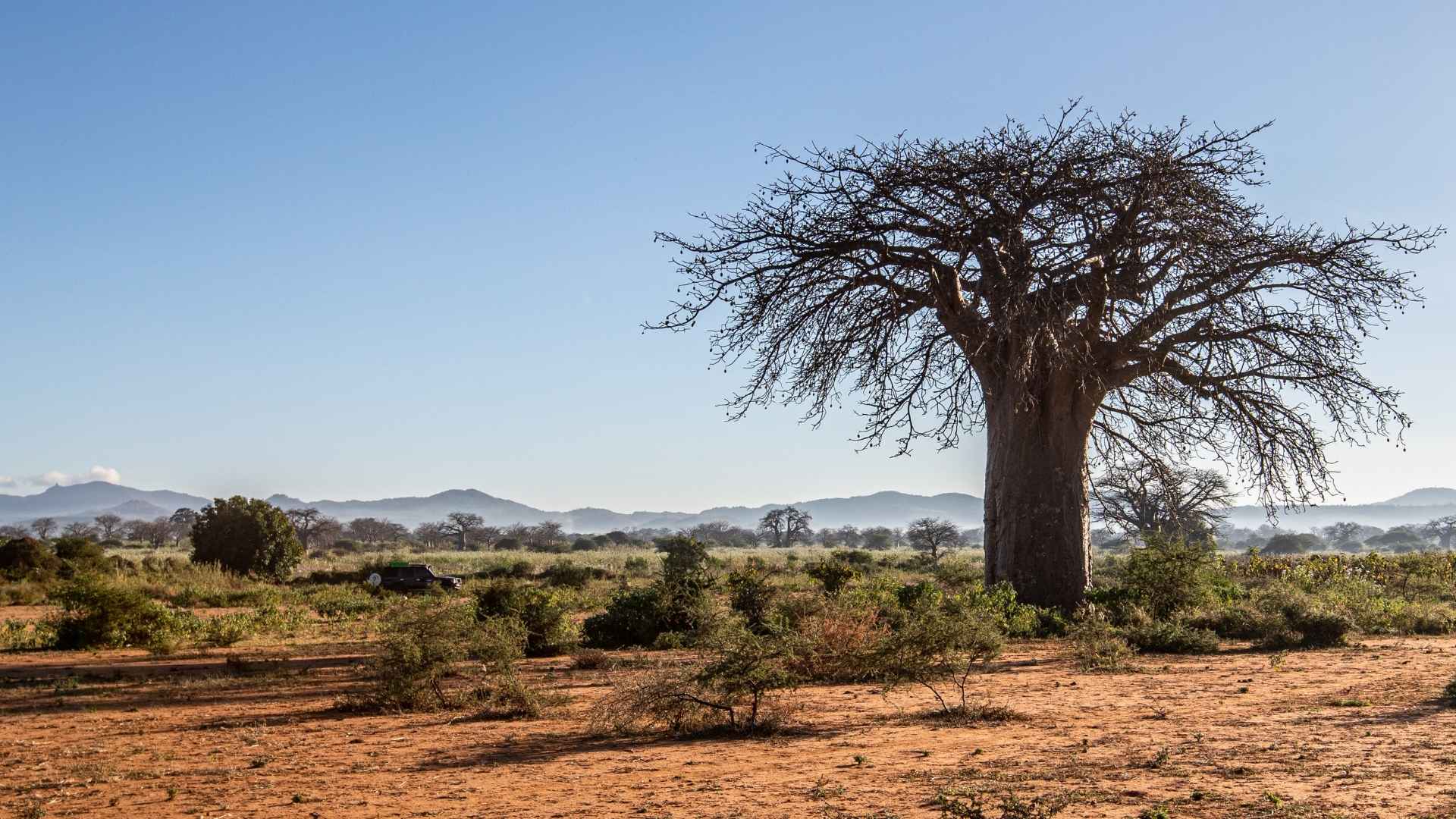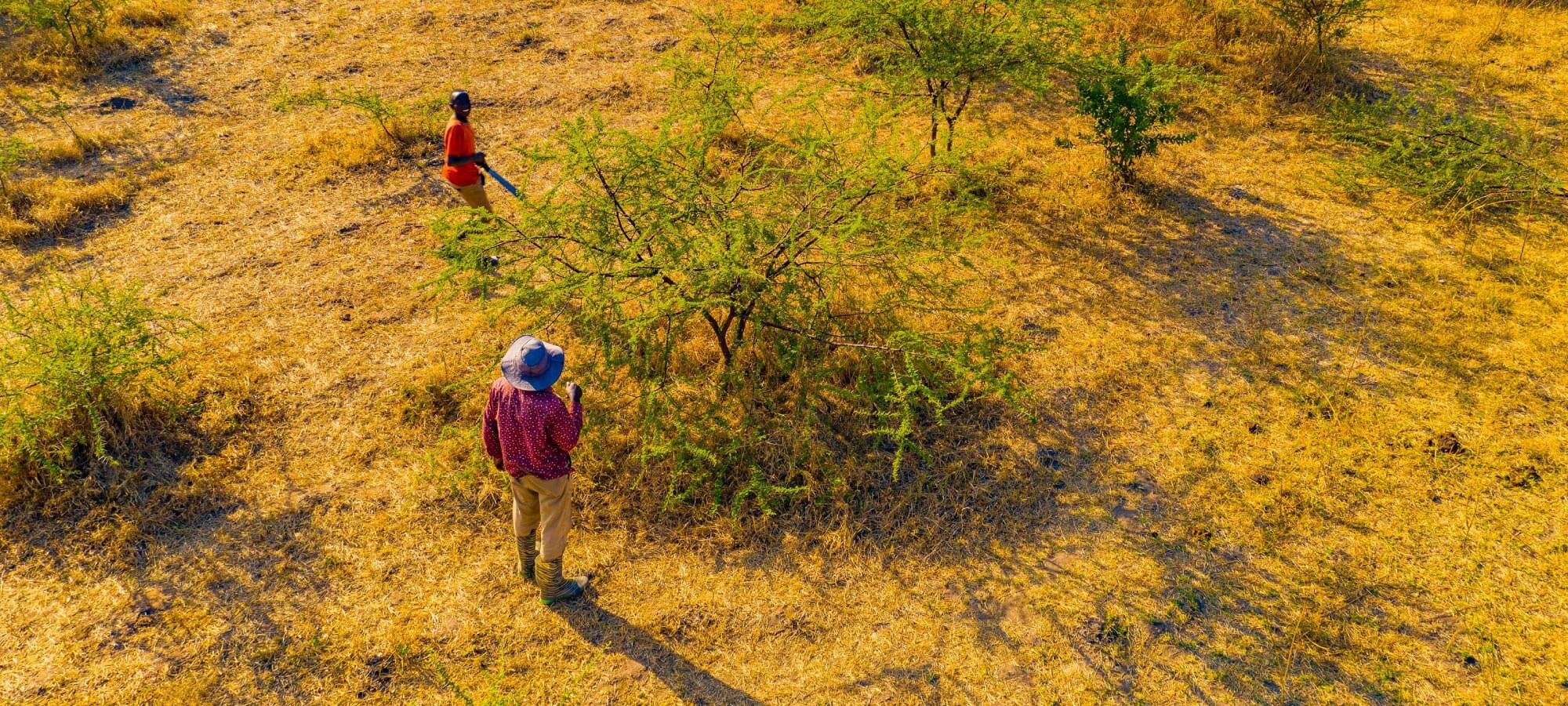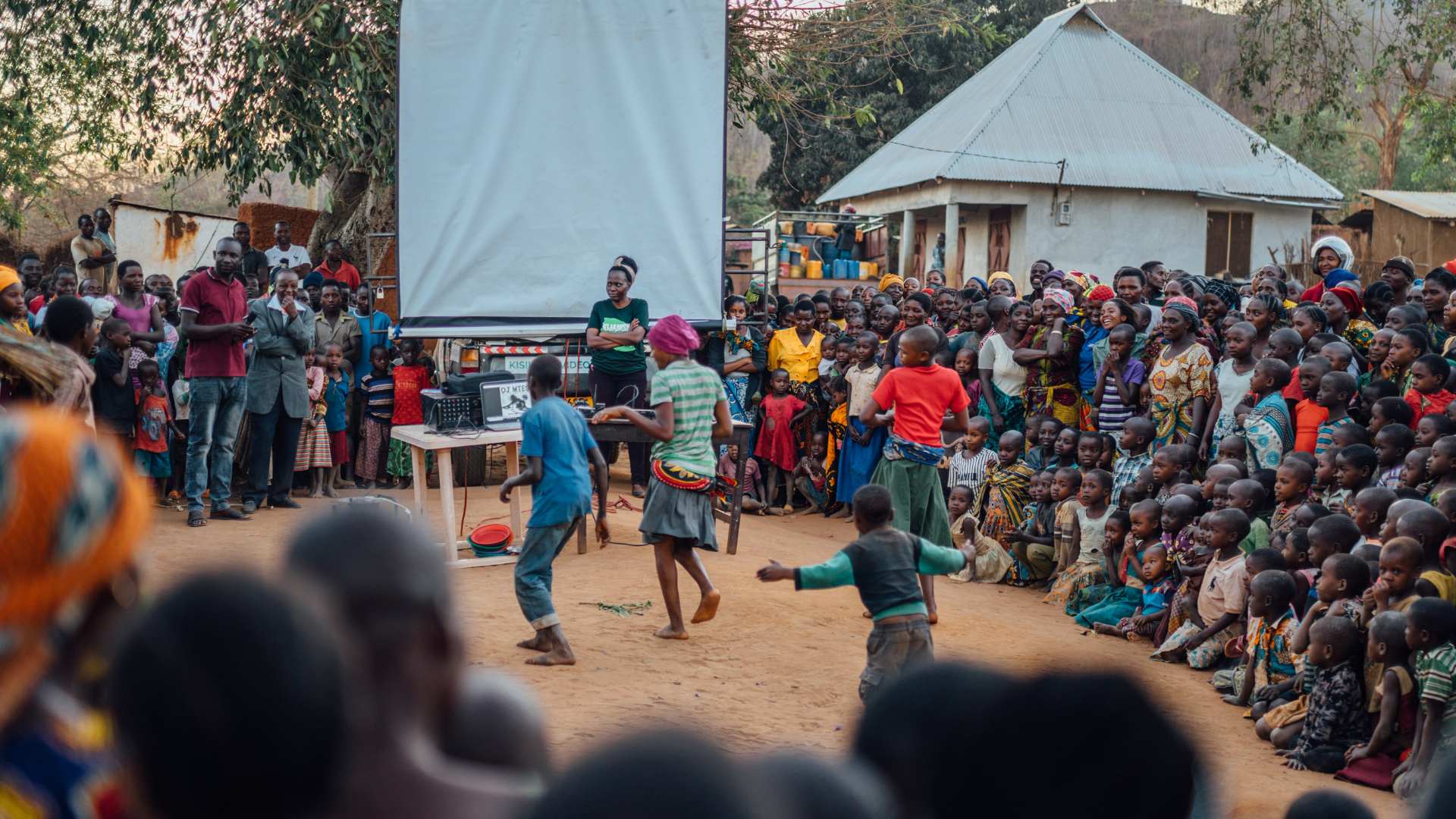
Understanding Tanzania’s Climate Today
When people think of Tanzania, they often imagine dry landscapes, intense heat, and endless sun. But the truth is far more nuanced. Tanzania’s climate is surprisingly diverse, shaped by its size, geography, and position along the equator. From the breezy highlands to the humid coastline, this East African nation experiences a wide range of weather patterns that vary from region to region.
Tanzania true scale
Stretching across more than 945,000 square kilometres, Tanzania is more than twenty times larger than the Netherlands. That scale alone creates a patchwork of microclimates across the country. Along the eastern coast, areas like Dar es Salaam are hot and humid throughout most of the year, thanks to the influence of the Indian Ocean. Inland, in regions like Dodoma or Tabora, the air is drier, and the land shifts into savanna and semi-arid zones. Meanwhile, in the northern and southern highlands—including Arusha and Mbeya—the climate is cooler and more temperate, with misty mornings and regular rainfall during the wet seasons.

Rain can be intense
Tanzania typically experiences two rainy seasons. The long rains arrive between March and May, while the short rains come between November and January. The dry season, which usually lasts from May to October, brings cooler temperatures and clearer skies, especially in the highland areas. However, these patterns are starting to change. Rainfall is becoming more unpredictable. In some years, the rains arrive late or fall all at once, triggering floods. In others, they don’t come at all, leaving the soil cracked and dry.
Climate change
This increasing instability is one of the most visible effects of climate change in Tanzania. Temperatures are rising gradually but steadily, and seasonal boundaries are becoming blurred. Areas that once enjoyed predictable weather now face sudden shifts—dry spells that stretch on for months or downpours that overwhelm already-vulnerable land. Coastal waters are also warming, affecting fish populations and threatening the livelihoods of communities that rely on the ocean.
Across the country, farmers, fishers, and families are adapting to this new normal. But it’s not easy. Experts predict that Tanzania’s average temperature could rise by one to three degrees Celsius by 2050. That may not sound like much, but in regions already teetering between abundance and scarcity, even a small shift can have a big impact.

A land of opportunities
Despite these challenges, Tanzania’s climate remains one of the country’s greatest assets—rich, complex, and deeply tied to its natural heritage. Understanding how it works today, and how it’s changing, is the first step toward preparing for tomorrow.
How you can help
By offering or buying trees you are activity participating in the restoration of multiple ecosystems. This not only include the trees and nature but also the communities that depend on them.
Start today. Start here.